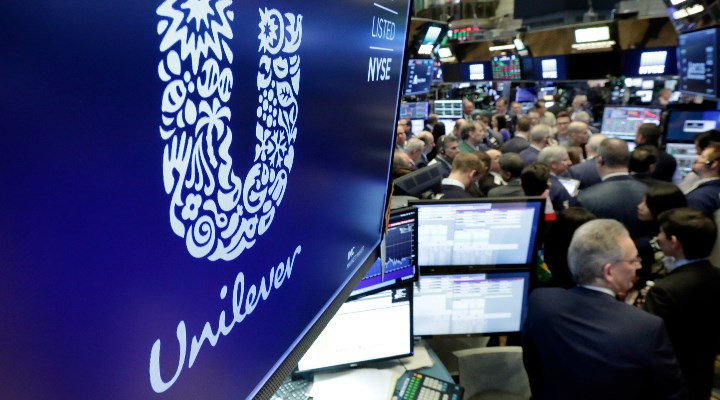
These are difficult times for investors looking for income. And when it comes to the most insidious risks facing investors, inflation may well top the list.
In the US, the latest data released by the Labor Department says that the Consumer Price Index (CPI) in 2021 grew by 7%, the highest annual progress since 1982. Morningstar’s forecasts are for a slowdown starting from mid-2022 to average 3.6% next year.
Graph: US Inflation, 2018-2021
In Europe, according to the final data released from Eurostat, the euro area annual inflation rate was 5% in December 2021, up from 4.9% in November. A year earlier, the rate was -0.3%. European Union annual inflation was 5.3% in December 2021, up from 5.2% in November. A year earlier, the rate was 0.3%.
“When inflation does materialize, particularly at higher levels, its impact can be widespread devastation”, says Marta Norton, chief investment officer Americas for Morningstar Investment Management (MIM).
“Investors with shorter time horizons, who typically have greater exposure to bonds, are particularly vulnerable. A significant portion of the total return generated from bonds comes from income, which, for most bonds, is predetermined (hence the term “fixed” income). As inflation rises, the “fixed” income delivered by the bond is worth less”.
In response, investors may sell bonds, driving prices down and further hurting returns. But it’s not just the bondholders who face risk during periods of inflation.
“While equity markets aren’t subject to the same “fixed”-income conundrum, their total return can also be in jeopardy, their dividend payments are worth less, and their earnings can suffer from higher input costs, particularly if they are not in a position to pass along higher prices to their consumers”, says Norton.
“As earnings come under pressure, so can their ability to generate inflation-beating returns."
How to Look For Income
In such a situation, is it really convenient to move in a bid for income?
“The income approach must be selective in 2022”, says Mike Coop, chief investment officer, Europe Middle-East & Africa at MIM.
“Typically, you tilt portfolios toward asset classes with higher current income, such as high-dividend stocks and emerging-markets debt. However, some of the popular income assets can carry meaningful downside risk, and some exhibit no growth in income (a risk in the face of rising inflation)”.
That said, Coop does not believe longer-dated bonds are an area that will serve income-hungry investors in 2022.
“We think yield chasing is a cardinal sin when it is taken to the extreme, moving up the risk curve without a thorough understanding of what you own and why you own it,” he says.
“Patience is key, as 4%+ yields are difficult, if not impossible, to obtain in 2022 without accepting meaningful risk”.
According to Coop, investors will have to focus on three key elements:
- Income growth;
- Some capital growth to keep up with inflation;
- Durability of dividends.
“We look for these characteristics across our entire portfolio range, not just income-focused strategies, because natural income sources are a return driver with relatively reliable outcomes”, says Coop.
“For example, banks are a popular source for income and are an area we generally find attractive and are represented in many portfolios. When it comes to robustness, defensive equity sectors such as consumer staples, utility and healthcare are also areas that we believe offer natural income sources. The yields aren’t high, but they do help offset cyclical risk and provide durability”.



























